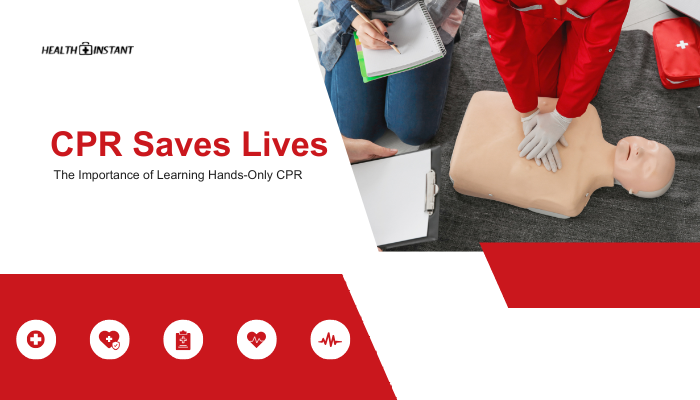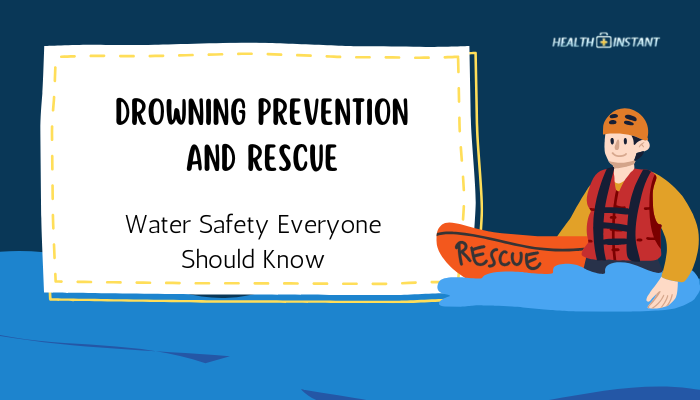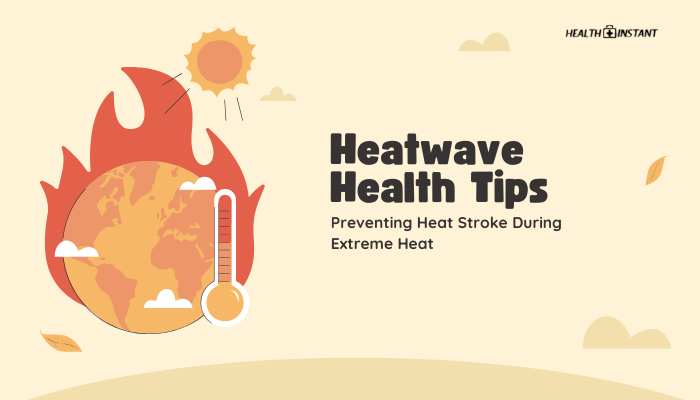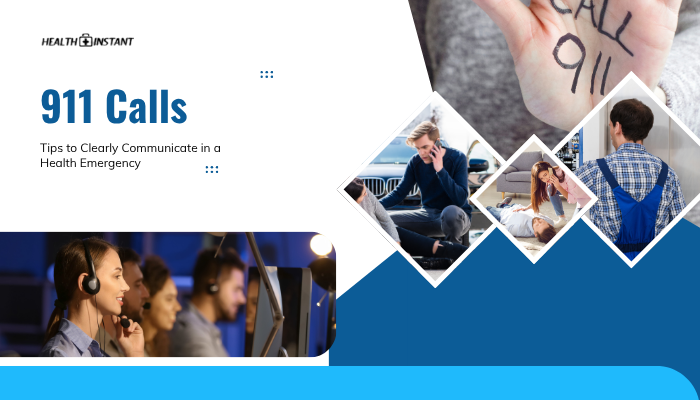Introduction
In times of health emergencies—whether pandemics, natural disasters, or mass casualty events—hospitals can overflow with patients needing critical care. To accommodate surges beyond their standard capacity, authorities often deploy “field hospitals,” converting parking lots, event halls, or other open spaces into vital medical facilities.
This guide explains why field hospitals matter, how they’re set up in something as simple as a parking lot, and how they help manage patient overflow, saving countless lives.
What Are Field Hospitals?
A field hospital is a temporary medical center designed to function similarly to a brick-and-mortar hospital. It might include:
- Triage and Basic Care Units
- Where patients are quickly assessed.
- Where patients are quickly assessed.
- ICU-Grade Beds
- High-dependency care for severe conditions or respiratory support.
- High-dependency care for severe conditions or respiratory support.
- Support Services
- Pharmacy stations, diagnostic imaging, or even surgical tents in more advanced setups.
- Pharmacy stations, diagnostic imaging, or even surgical tents in more advanced setups.
From military contexts (MASH units) to civilian disaster relief, the goal remains the same: deliver essential healthcare on-site when existing facilities are overwhelmed.
When and Why They’re Needed
- Capacity Overload
- Unexpected spikes in patient numbers (e.g., during pandemics) can strain standard hospitals.
- Unexpected spikes in patient numbers (e.g., during pandemics) can strain standard hospitals.
- Localized Crises
- Earthquakes, floods, or hurricanes might disable or damage permanent structures, making alternative solutions vital.
- Earthquakes, floods, or hurricanes might disable or damage permanent structures, making alternative solutions vital.
- Rural or Underserved Areas
- Some remote communities benefit from field hospitals to fill healthcare gaps temporarily.
- Some remote communities benefit from field hospitals to fill healthcare gaps temporarily.
By offloading non-critical or moderate-care patients to field hospitals, main hospitals keep ICU resources free for the most severe cases.
Turning Parking Lots into Medical Facilities
- Physical Setup
- Large open-air spaces like parking lots accommodate tents or modular structures with easy ambulance access.
- Large open-air spaces like parking lots accommodate tents or modular structures with easy ambulance access.
- Utility Connections
- Tents require power for ventilators, lighting, air conditioning/heating, plus water supply and waste disposal.
- Tents require power for ventilators, lighting, air conditioning/heating, plus water supply and waste disposal.
- Shelter
- Weather-resistant tents or prefabricated pods protect patients and staff from elements.
- Weather-resistant tents or prefabricated pods protect patients and staff from elements.
The advantage is a fast, flexible approach, using existing roads and lots to create a healthcare extension in days or even hours.
Key Infrastructure Components
- Ventilation and Filtration
- Infectious disease crises demand HVAC systems with filters and negative/positive pressure zones.
- Infectious disease crises demand HVAC systems with filters and negative/positive pressure zones.
- Electrical Supply
- Generators or direct power lines must handle critical medical devices, from oxygen concentrators to monitors.
- Generators or direct power lines must handle critical medical devices, from oxygen concentrators to monitors.
- Medical Gases
- Centralized oxygen supply lines or portable tanks.
- Centralized oxygen supply lines or portable tanks.
- IT Network
- Electronic health records or basic connectivity for staff communication.
- Electronic health records or basic connectivity for staff communication.
Establishing these systematically ensures staff can function as if in a regular ward or ICU, but in an improvised space.
Staffing and Resource Allocation
- Medical Teams
- Typically, field hospitals have a mix of local hospital staff, national guard or military medics, plus volunteers.
- Typically, field hospitals have a mix of local hospital staff, national guard or military medics, plus volunteers.
- Shifts and Schedules
- Rotation is crucial to avoid staff burnout, especially in pandemics.
- Rotation is crucial to avoid staff burnout, especially in pandemics.
- Supplies
- Central distribution of PPE, medications, and disposables (e.g., syringes, gloves, IV fluids).
- Central distribution of PPE, medications, and disposables (e.g., syringes, gloves, IV fluids).
Coordination demands robust logistics and leadership.
Challenges Faced by Field Hospitals
- Weather Conditions
- Extreme heat, cold, or storms can disrupt operations.
- Extreme heat, cold, or storms can disrupt operations.
- Security
- Managing large crowds or ensuring safe drug storage in an open environment.
- Managing large crowds or ensuring safe drug storage in an open environment.
- Staff Fatigue
- Long hours in high-pressure scenarios can push healthcare providers to their limits.
- Long hours in high-pressure scenarios can push healthcare providers to their limits.
- Limited Specialties
- Complex surgeries or specialized interventions may not be feasible in a temporary setup.
- Complex surgeries or specialized interventions may not be feasible in a temporary setup.
Still, strategic planning helps minimize these hurdles.
Success Stories and Real-World Examples
- COVID-19 Pandemic
- Many countries erected “mobile wards” in parking lots of stadiums or event centers to isolate mild or moderate patients.
- Many countries erected “mobile wards” in parking lots of stadiums or event centers to isolate mild or moderate patients.
- SARS Outbreak
- Asian cities utilized temporary wards to manage patient surges while controlling hospital transmissions.
- Asian cities utilized temporary wards to manage patient surges while controlling hospital transmissions.
- Global Humanitarian Missions
- NGOs like Doctors Without Borders regularly deploy field hospitals in conflict zones or epidemic hotspots.
- NGOs like Doctors Without Borders regularly deploy field hospitals in conflict zones or epidemic hotspots.
Each scenario highlights the adaptability and life-saving potential of these setups.
Long-Term Implications and Future Planning
- Permanent “Pop-Up” Infrastructure
- Some regions maintain ready-to-deploy field hospital units for emergency stockpiles.
- Some regions maintain ready-to-deploy field hospital units for emergency stockpiles.
- Design Innovations
- Newer tent materials, prefab modules, and rapid testing labs integrated into field hospitals.
- Newer tent materials, prefab modules, and rapid testing labs integrated into field hospitals.
- Policy and Funding
- Governments may invest more in ensuring readiness for future pandemics or mass casualty events.
Conclusion
Field hospitals deliver critical flexibility in dire healthcare overloads or when permanent buildings fail. By leveraging open spaces—like parking lots—and advanced logistics, medical staff transform these areas into operational wards with surprisingly advanced capabilities.
While the approach presents challenges (infrastructure, staffing, unpredictable conditions), success stories prove their value in saving countless lives. As global health threats evolve, field hospitals remain a vital strategy for resilience, bridging the gap between standard healthcare systems and surging patient demands.
References
- World Health Organization (WHO). (2021). Guidance on setting up field hospitals.
- International Committee of the Red Cross (ICRC). (2020). Field hospital best practices in conflict zones.
- Médecins Sans Frontières (MSF). (2019). Mobile clinic and field hospital logistics.
- Centers for Disease Control and Prevention (CDC). (2020). COVID-19 alternative care site guidelines.
Disclaimer: This guide is for general information only. Consult professional emergency management or healthcare authorities for specific guidelines on setting up or utilizing field hospitals.







